Narayana Verlag
- more than 10.000 products about homeopathy and natural healing
- Seminars with worldwide known homeopathic doctors
- Healthy and natural food
- Homeopathy for plants
Top Customer's Feedbacks
from 109717 Feedbacks
Alyssa from France
The client service is very polite, available and a bit clueless about shipping, but not their fault in my case, DHL missed giving my phone number to the French postal service rendering my package undeliverable. I managed, with the help of the local service to trace back the error and get it sorted very quickly. I would say overall everybody failed, starting with me for putting a wrong name of the city. DHL for avoiding notification of relaying to the local postal service and finally the French postal service for not notifying me properly and LYING openly about to pass by my house and not finding me. I corrected now my proper address, to French post standards, and I hope this time DHL gives my number to them. Overall I say that the package tracking online is very vague and prone to lose the stuff as much as if it was not being traced and very late to inform relevant information, like DHL giving me a trace code of the French post not claryfying that, which made me think it was a website problem. About you I say, you packed all our products with very good care and the box arrived very bumped but the contents were untouched, keep up the good work! 5 stars for your stellar, pun not intended, packing, you missed that category in your ratings, here I fix that for you ,). Thank you!
J.G. from Poland
Recommend :)
S.L. from USA
If you should have trouble with my order, please use my new email address: wholebalance@protonmail.com Thank you! Sandra LabaNarayana Verlag
 2.793.490 customers from 193 countries
2.793.490 customers from 193 countries
- more than 10.000 products about homeopathy and natural healing
- Seminars with worldwide known homeopathic doctors
- Healthy and natural food
- Homeopathy for plants

Alyssa from France
The client service is very polite, available and a bit clueless about shipping, but not their fault in my case, DHL missed giving my phone number to the French postal service rendering my package undeliverable. I managed, with the help of the local service to trace back the error and get it sorted very quickly. I would say overall everybody failed, starting with me for putting a wrong name of the city. DHL for avoiding notification of relaying to the local postal service and finally the French postal service for not notifying me properly and LYING openly about to pass by my house and not finding me. I corrected now my proper address, to French post standards, and I hope this time DHL gives my number to them. Overall I say that the package tracking online is very vague and prone to lose the stuff as much as if it was not being traced and very late to inform relevant information, like DHL giving me a trace code of the French post not claryfying that, which made me think it was a website problem. About you I say, you packed all our products with very good care and the box arrived very bumped but the contents were untouched, keep up the good work! 5 stars for your stellar, pun not intended, packing, you missed that category in your ratings, here I fix that for you ,). Thank you!
Seminar with Ulrich Welte in Japan, November 2010 |
|||
Ulrich Welte |
|||
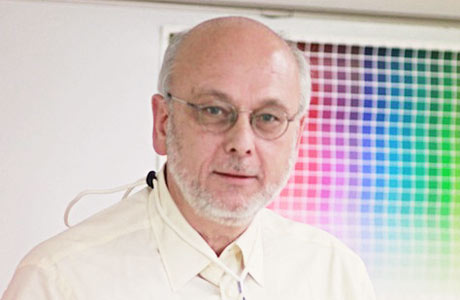 |
Ulrich Welte gave a 3-days-seminar by the end of November 2010 at the Japan Royal Academy of Homoeopathy. Topics were the periodic table, botanic families and color in homeopathy. |
||
|
|||
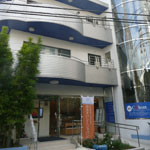 |
|
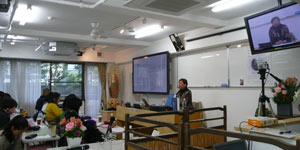 |
|
| Center in Tokyo | Torako Yui & U. Welte | Torako Yui gives the introduction | |
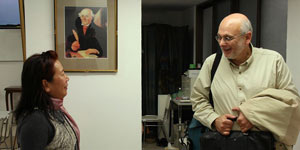 |
The seminar lasted three days, the first two in Tokyo and the third in Nagoya. | ||
All eight Japanese centres and the London centre were linked live, giving about 300 people the chance to listen in. Every morning, the programme began with chanting sutras in the lecture room, watched over benevolently by a statue of Buddha. Next came six hours of presentations, all followed with keen attention. The technical perfection of the “College of Holistic Homoeopathy” blended harmoniously with the technical perfection of this culture, which for all its precision and discipline welcomes foreigners warmly. |
|||
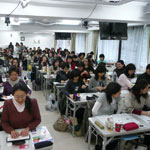 |
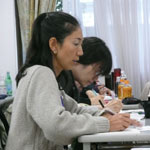 |
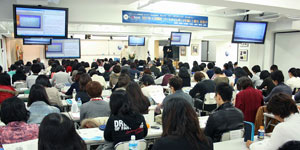 |
|
| The seminar covered the mineral remedies according to Scholten’s interpretation of the periodic table – focusing on stages 11-15 and presenting a number of case studies of nitrogen, phosphorus, arsenic, antimony, thulium and bismuth. The Asteraceae were also covered, with case studies of cichorium, lactuca and scorzonera. The third day featured an introduction to the identification and meaning of colour preferences with live case histories and colours taken from volunteers, in some cases by video without the person being directly present. | |||
|
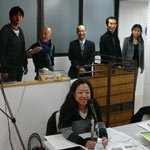 |
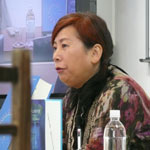 |
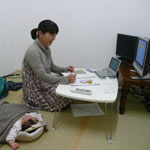 |
This intensive week included many trips and interesting events. These included a visit to the institute in Atami which produces homoeopathic and phytotherapeutic remedies, and the trip to Nagoya, where the third day of the seminar took place. If Nagoya is the iron heart of Japan with its Toyota factory, then Ise is the spiritual heart of Japan, a breathtaking simply, archaic shrine to the sun goddess of Shintoism. |
|||
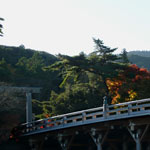 |
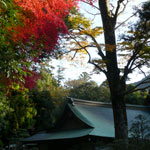 |
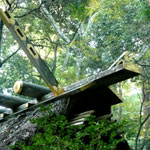 |
We arrived there early in the morning and were deeply moved by the primal forces of nature tangible on this spot. |
|
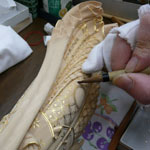 |
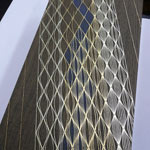 |
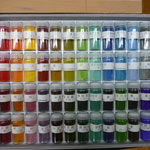 |
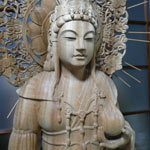 |
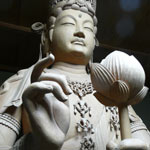 |
On to Osaka to the workshop of a Buddhist artist and his wife, who create marvellous statues from camphor and cedar wood and exquisitely detailed inlay work of rare beauty for the region’s temples | |
|
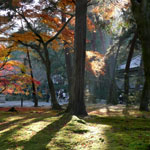 |
From here to Kyoto, Japan’s ancient capital, attractively located near mountains glowing with autumnal foliage and a great inland sea. | |
|
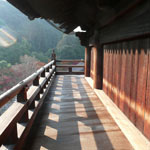 |
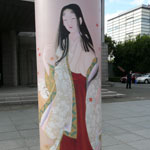 |
|
|
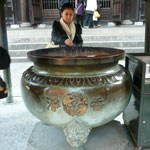 |
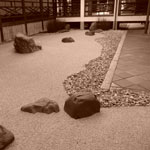 |
The temples of Nanzen-ji with their Japanese gardens, nestling at the foot of the mountains on the city outskirts, were especially lovely and full of atmosphere. |
|
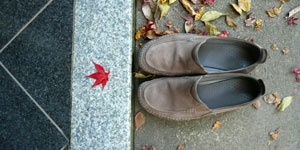 |
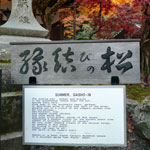 |
|
|
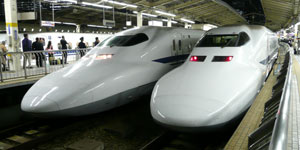 |
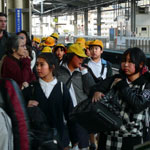 |
|
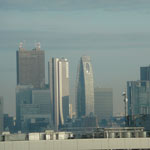 |
 |
Afterwards we returned to Tokyo by Shinkansen, probably the most beautiful and punctual high-speed train in the world, before going back home to good old Germany. | |
| This was an intensive week full of interesting impressions and a seminar which provided a lot of inspiration for the Japanese homoeopaths (only a few of whom were men). There was much positive feedback about the usefulness of the information, which will now be put into practice. It was pleasant to see that most of the participants were young, between 20 and 35 on average. Maybe Japan really is the land of the rising homoeopathic sun? | |||
|
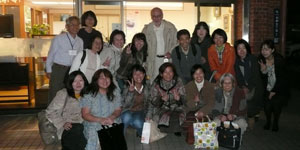 |
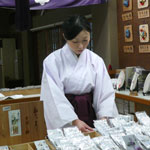 |
|
|
|
|
|||||||||||||||||||||||||||||||||||||||||||||||||||||||||||||||||||||||||||||||||||||||||||||||||||||||||||||||||||||||||||||||||||||||||||||||||||||||||||||||||||||
Spectrum of Homeopathy
|
||||||



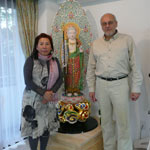
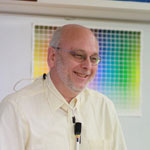
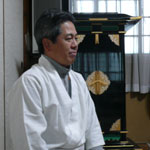
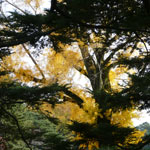
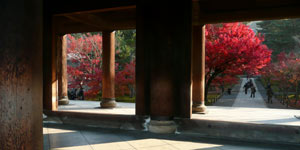
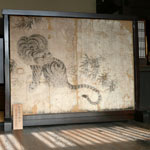
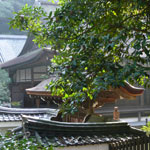
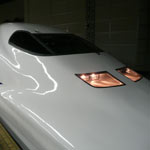
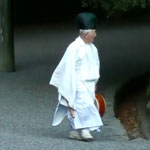
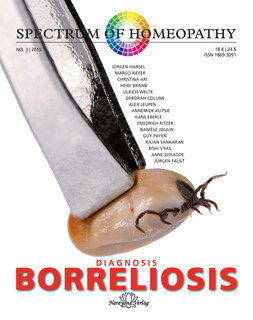

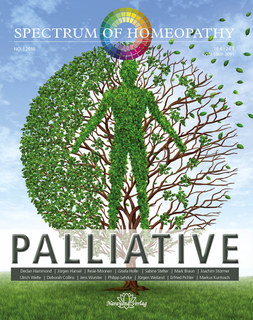
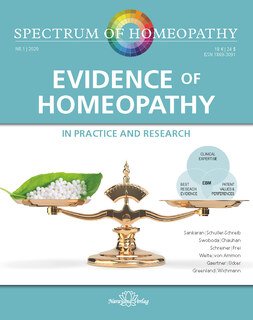
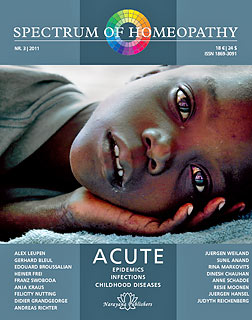
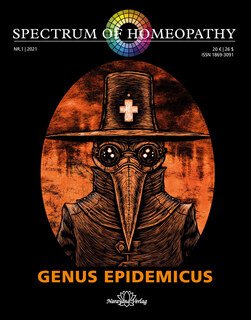
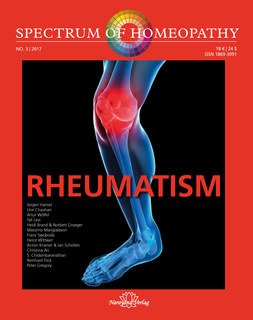
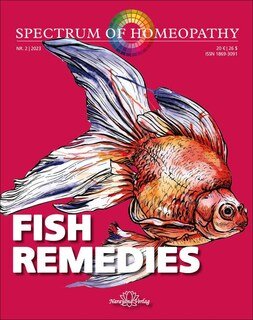

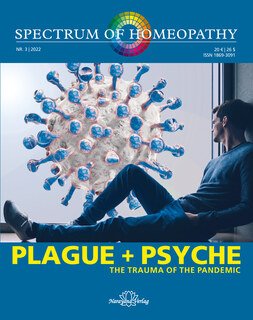
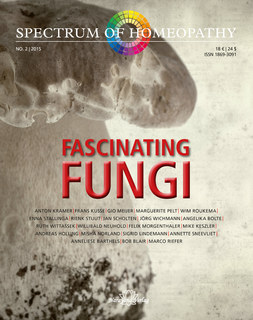
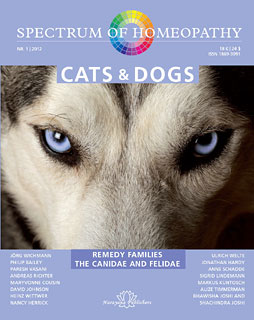
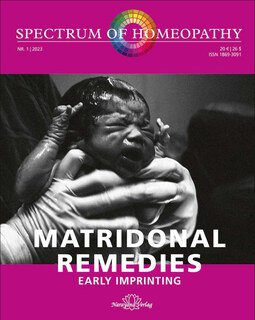

 back to list
back to list


